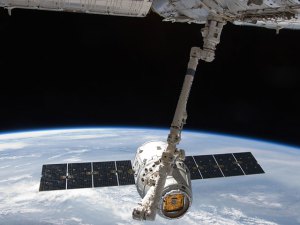The work that NASA has accomplished throughout the years has given society incredible insight into the world around us. In addition to this, there is no doubt that all of NASA’s work has been characterized by methodology, regulations, and plans. This type of planning and preparation, however, was disrupted recently by an unplanned spacewalk on the international space station.
On Saturday, May 11, two astronauts made an unplanned spacewalk in order to find more information about ammonia snowflakes that were appearing in space over a span of two days.
It was found that the space station cooling system had sustained a leak. Over time, the damage caused by the leak increased, prompting this spacewalk. The leak resulted in a loss of ammonia coolant, causing one of the eight power systems that provide electricity to the space station to shut down.
Luckily, the space station and its crew were never in any danger. Also, the two astronauts that went on this spacewalk were two experienced spacewalkers who had actually worked on the damaged part of the station. The spacewalk was also significant because it was very unique and rare for NASA. Normally, NASA’s actions are planned out and deliberate, while this spacewalk was thought out in a quicker-than-usual manner.
During the five and a half-hour spacewalk, the two astronauts located the potential leak and replaced a pump in the station. More time is needed to ascertain whether or not this replacement pump fixed the leak in the space station. After the spacewalk mission was completed, the station took great care to make sure that no residual ammonia remained on the space suits. This is because the ammonia would have been toxic if it entered the station.
All of the aspects of this recent story from NASA could serve as a potential learning tool for your child. Ask your child questions, such as how they would approach fixing the issue at the space station, or even about what they think about the after-mission process the astronauts had to go through. Also, do not forget to incorporate their favorite science and math activities during these learning opportunities.
Filed under: Current Events, Newsletter, Parents and Kids, Science Facts, Technology and Kids, What's New | Tagged: International Space Station, NASA, science, unplanned spacewalk | 2 Comments »







